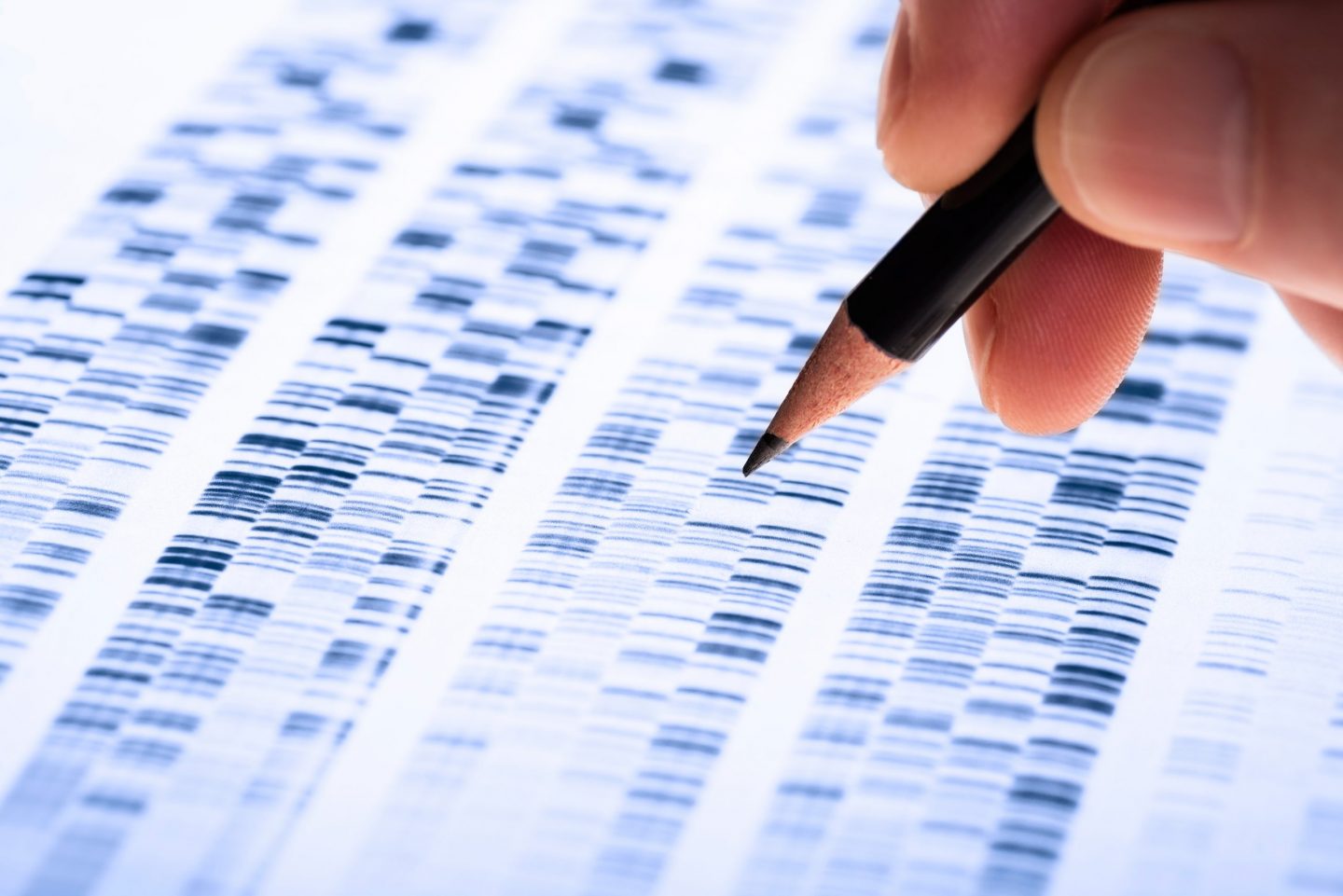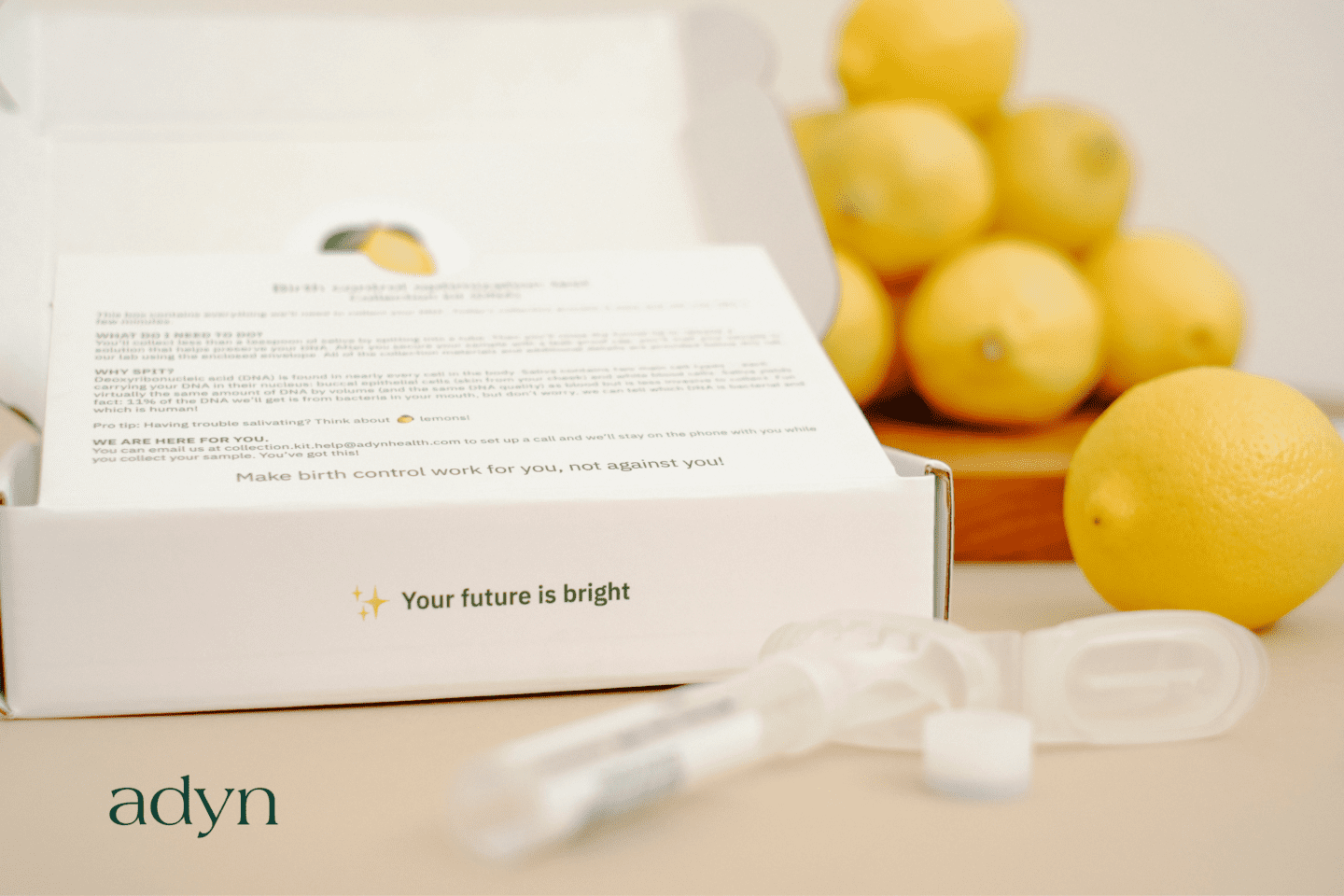How Do Polygenic Risk Scores Work?
What are the odds you’ll get cancer in your lifetime? What about heart disease, or Alzheimer’s disease? It’s a scary question, and the answer is complicated. These so-called complex diseases are caused by a lot of factors, including many different s, your lifestyle, and your environment. When it comes to the genetic component, scientists have started to figure out how our s work together to affect our genetic predisposition for certain diseases.1 They call this estimation a polygenic risk score.
Polygenic risk scores are powerful tools for doctors. We’re here to explain how scientists calculate them, what they are, and what they mean for you. And don’t worry: The score doesn’t determine your fate!
How do our s affect our health?
Our s — which include all of the genes in our bodies — contain the instructions for how to make us. Sometimes a single controls a single trait. For example, some heritable diseases are caused by harmful variants in a single , like sickle cell anemia or cystic fibrosis.
But most of our characteristics are determined by the way a lot of different s work together. While our s are 99.9% the same from one person to the next, that 0.1% difference can make a big difference.2 That tiny genetic disparity is why people have different heights and hair colors, and it also has implications for our health. Our unique combination of what’s in our s determine our genetic predisposition for asthma, osteoporosis, autoimmune diseases, and more.1
These complex diseases1 are affected by lots of different s, as well as lifestyle and environmental factors. Because s interact with each other and the environment in complex, not-yet-fully-understood ways, this can limit how we use genetic information. Still, researchers are constantly finding new s that are linked to risk of disease.
You’re likely already familiar with some well-known genetic s that affect disease risk. For example, in the human , there are two s called BRCA1 and BRCA2 that work to repair our when it’s damaged.3 When a person has a of either of these s that makes it non-functional, tumors are more likely to occur, increasing the chances of developing breast and other cancers. BRCA1 and BRCA2 are examples of single s that impact disease risk.
One way researchers find these associations is by using an approach called GWAS, or genome-wide association studies. They’ll look across large groups of people with and without a particular disease, looking for short portions of the called s (for single-nucleotide polymorphisms) that are more common in people with the disease.2
Like what you’re reading? Get the latest straight to your inbox 💌
What is a polygenic risk score?
A polygenic risk score (PRS) is a number that estimates your risk for a certain disease based on which versions — or variants — of a certain set of s you have.5-8 Scientists have identified certain s as being more common in people with the disease. They’ll use computer algorithms to calculate how each a person has contributes to the cumulative risk of getting a disease, and sum that into the polygenic risk score.
A polygenic risk score doesn’t tell you whether you will or will not get a disease; in other words, it’s not deterministic. Your environment and the choices you make in your lifetime can also play a big role, plus there’s plenty we still don’t understand about our s. Your score can only tell you your genetic predisposition, or whether it’s more or less likely you’ll get a disease.
Still, polygenic risk scores can be a powerful tool. Knowing which diseases and disorders you’re predisposed to can help your doctors keep an eye out for early warning signs, and inspire you to take preventative measures in your own life. Remember, most of these diseases are influenced by both s and lifestyle and environment.
For example, knowing that you’re predisposed to cardiovascular diseases may mean your doctor prescribes a statin, which could prevent a deadly heart attack. It may also signal that it’s even more important for you to exercise and eat a heart-healthy diet.
PRS are gaining a lot of traction in what’s often called precision medicine, where treatments are optimized for patients on an individual level. Precision medicine looks at a person’s s, environment, and lifestyle all together to better understand their risks and health needs, as well as to better predict what treatments will be beneficial.10
Today, some types of PRS are available through healthcare providers — your doctor might order a genetic report like they would a lab test. There are also an increasing number of consumer-facing companies offering PRS.
The limitations of polygenic risk scores
Unfortunately, polygenic risk scores don’t help all types of people equally. That’s because the GWAS that link s to diseases lack diversity — the studies have historically been conducted on a majority white, European-descended .11 That makes translating these results to different populations difficult, and can lower the reliability of the PRS.
This is especially problematic since it means risk scores for underrepresented groups are the ones that will be the least accurate, which can result in poorer care and overall worse health outcomes. This is a major problem, given that health outcomes already tend to be poorer for these communities.
Luckily, researchers are aware of this issue, and many are speaking out on it,12-13 — while others are putting in the work to gather better genomic data from a much more diverse pool of people.14 We’re a long way from having perfect information about how different s affect our health, and how they interact with other s and the environment. But the more we learn, the closer we are to being able to personalize healthcare for everyone.
Learn more about our scientific approach to selecting .
-
- Craig, J. (2008). Complex diseases: Research and applications. Nature Education 1(1):184.
- Genome.gov. (2018). Genetics vs. Genomics Fact Sheet. National Human Genome Research Institute. Accessed: November 3, 2021.
- Cancer.gov. (2020). BRCA Gene Mutations: Cancer Risk and Genetic Testing. National Cancer Institute. Accessed: November 3, 2021.
- Cancer.gov. (N.D.). GWAS. National Cancer Institute Dictionaries. Accessed: November 3, 2021.
- Choi, S. W., Mak, T. S. H., & O’Reilly, P. F. (2020). Tutorial: a guide to performing polygenic risk score analyses. Nature Protocols, 15(9), 2759-2772.
- Lewis, C. M., & Vassos, E. (2020). Polygenic risk scores: from research tools to clinical instruments. Genome Medicine, 12, 1-11.
- Genome.gov. (2020). Polygenic risk scores. National Human Genome Research Institute. Accessed: November 3, 2021.
- CDC.gov. (2021). Polygenic risk score. Centers for Disease Control and Prevention: Genomics and Precision Health. Accessed: November 3, 2021.
- Denny, J. C., & Collins, F. S. (2021). Precision medicine in 2030—seven ways to transform healthcare. Cell, 184(6), 1415-1419.
- Bzdok, D., Varoquaux, G., & Steyerberg, E. W. (2021). Prediction, not association, paves the road to precision medicine. JAMA Psychiatry, 78(2), 127-128.
- Lewis, C. M., & Vassos, E. (2020). Polygenic risk scores: from research tools to clinical instruments. Genome Medicine, 12, 1-11.
- Dotzert, M. (2020). Why greater diversity is needed in genomic research. Clinical Lab Manager.
- Hindorff, L. A., Bonham, V. L., Brody, L. C., Ginoza, M. E., Hutter, C. M., Manolio, T. A., & Green, E. D. (2018). Prioritizing diversity in human genomics research. Nature Reviews Genetics, 19(3), 175-185.
- Genome.gov. (2021). Polygenic RIsk MEthods in Diverse populations (PRIMED) Consortium. National Human Genome Research Institute. Accessed: November 3, 2021.






